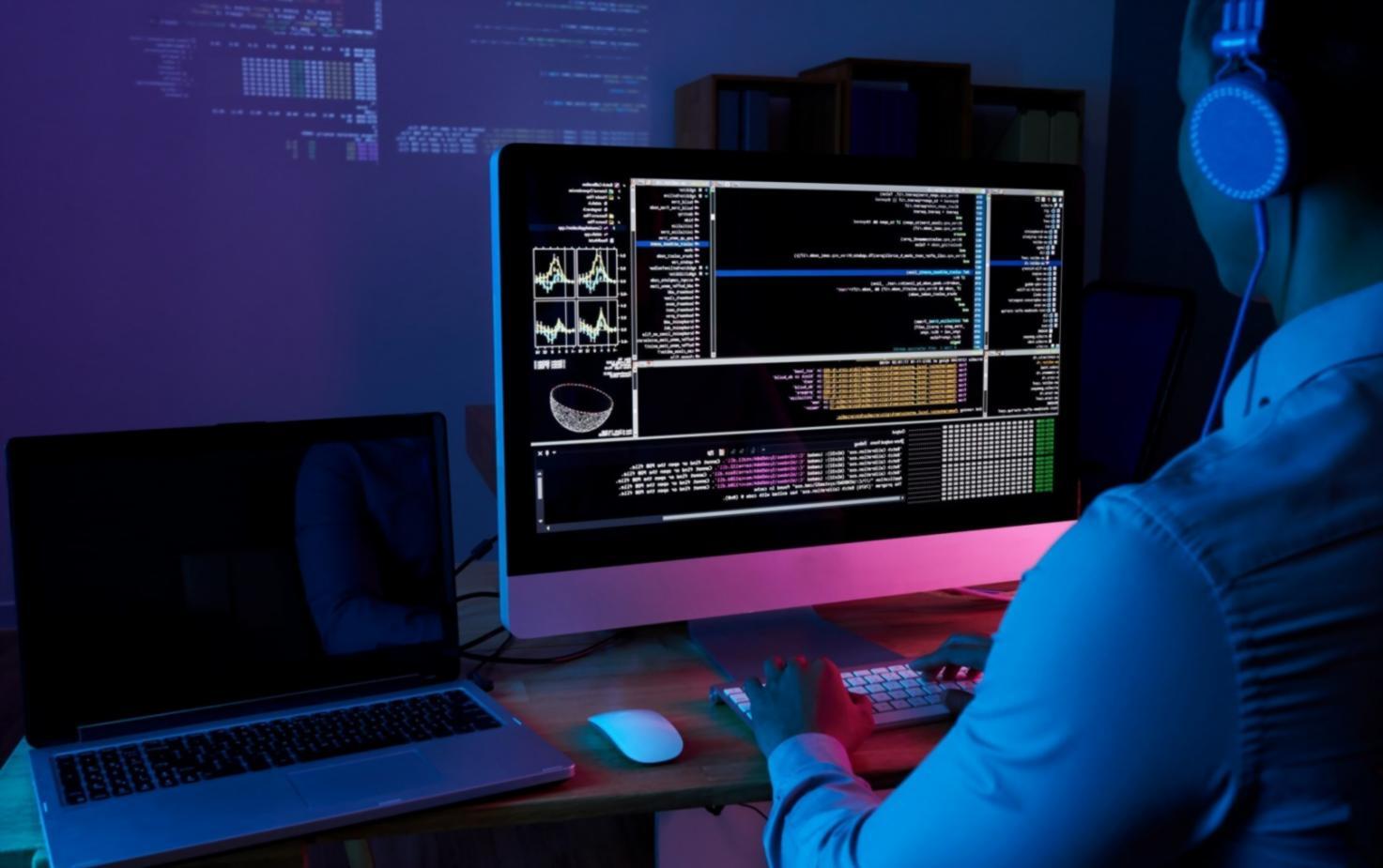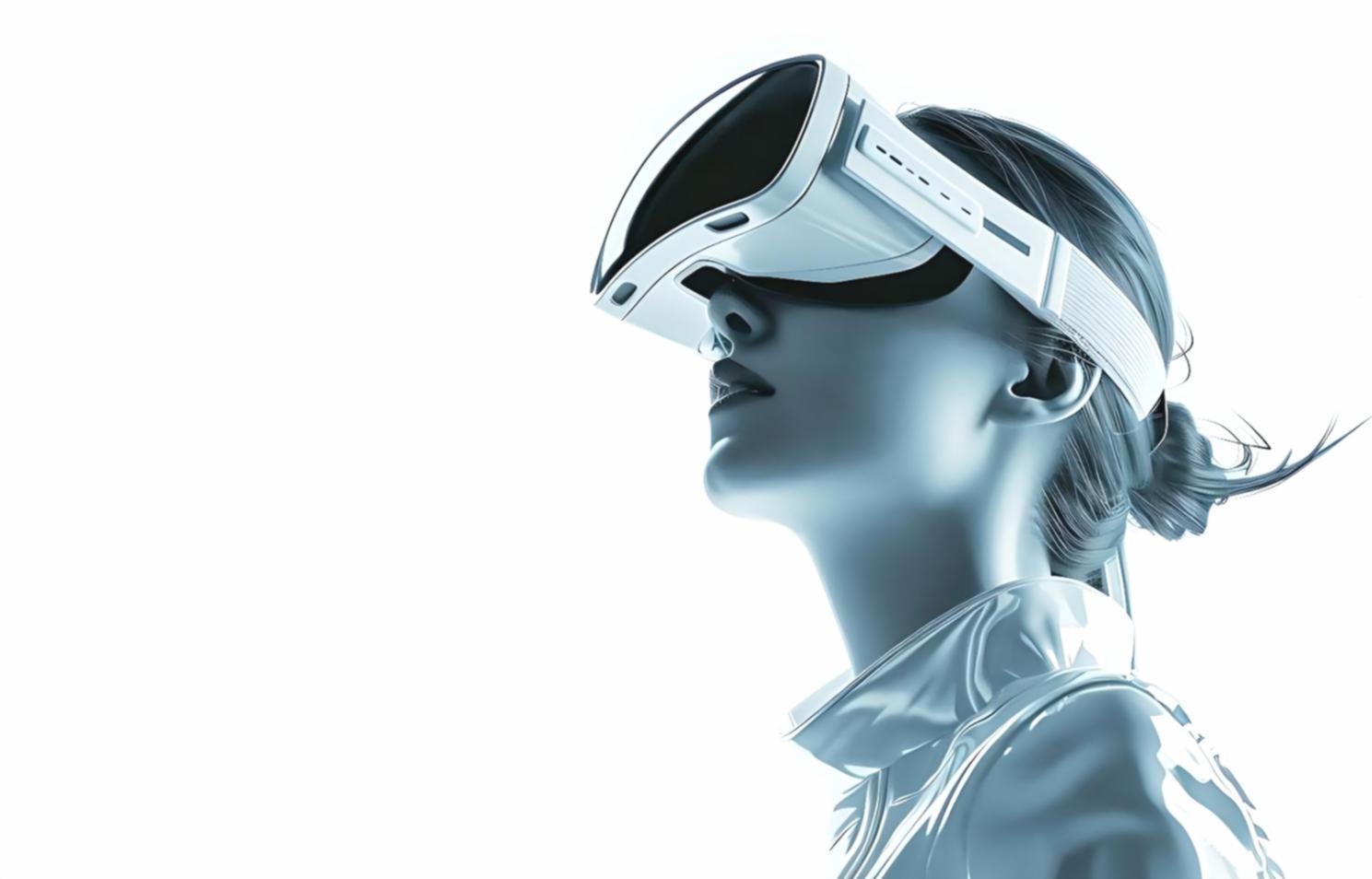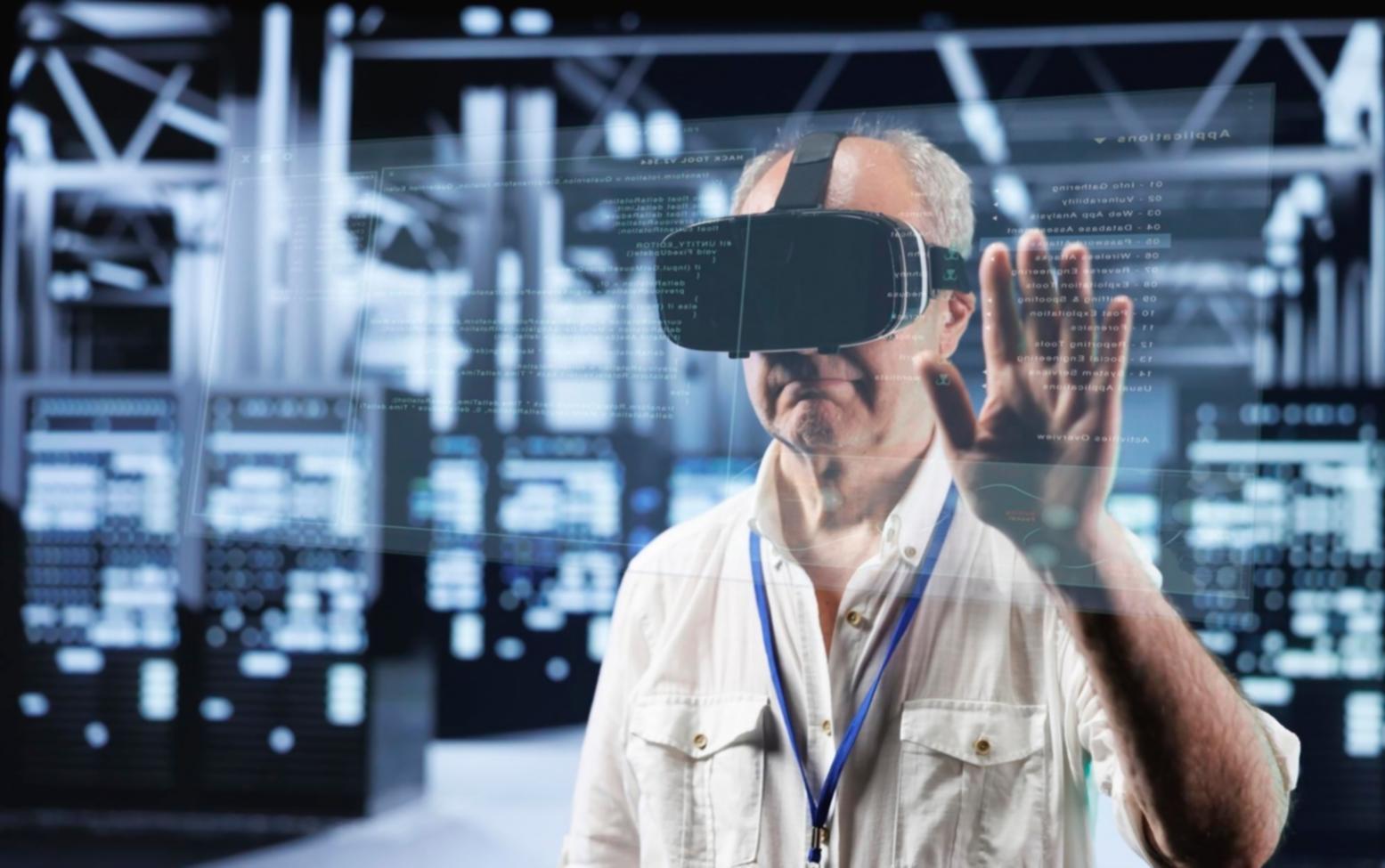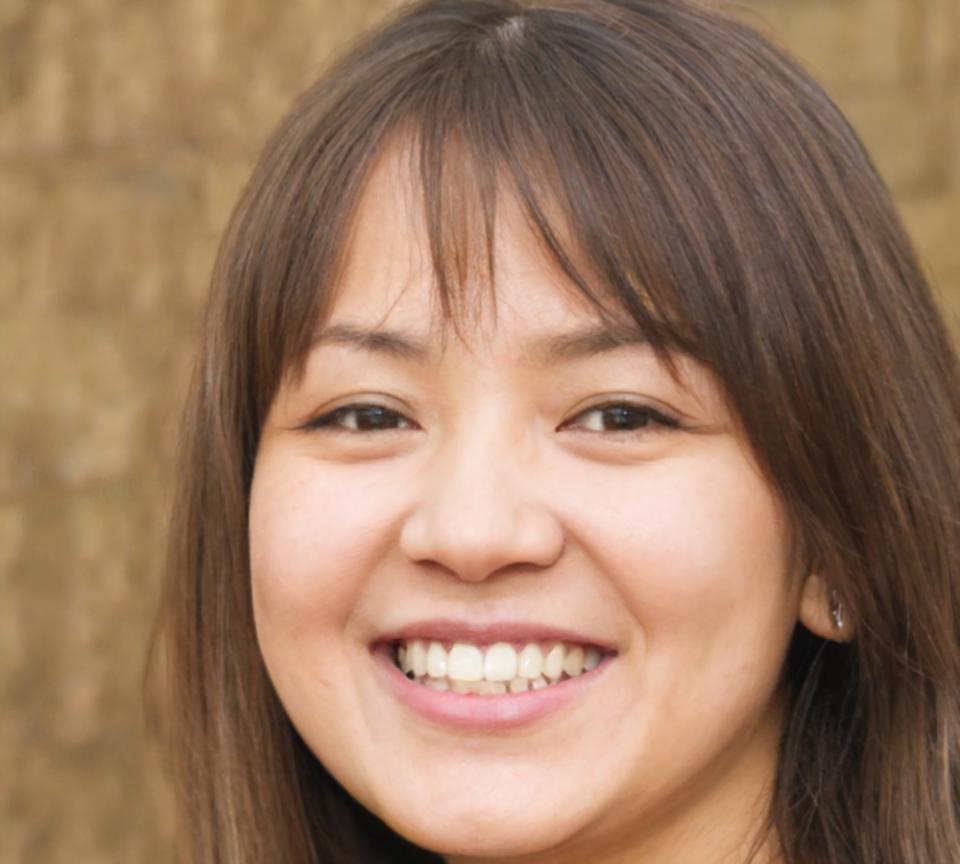Beyond Traditional Game Development
Working in AR and VR requires understanding spatial computing, user comfort, and presence—concepts that don't exist in traditional gaming. Our curriculum covers motion tracking, spatial audio, and user interface design for three-dimensional spaces.
Students work with professional-grade equipment including Meta Quest headsets, HoloLens devices, and motion capture systems to understand how different technologies shape game design decisions.
Learn About Our Approach





